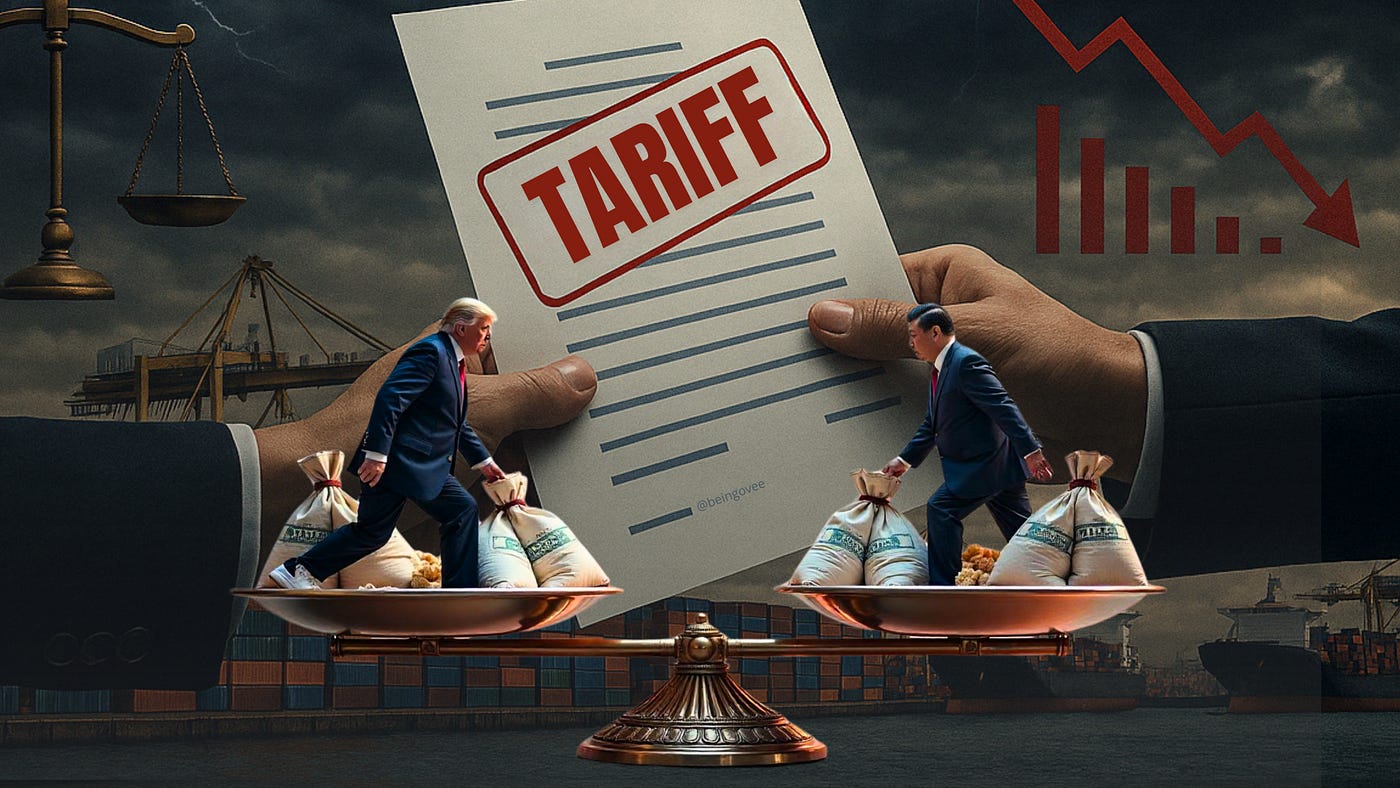Trump’s 2025 Tariffs: What You Really Need to Know

In a bold return to economic nationalism, President Donald Trump has launched a sweeping new wave of tariffs targeting over 60 trading partners. These duties ranging from 10% to 41%, and in some cases up to 50%signal a major shift in how the U.S. intends to manage both trade and foreign policy in 2025.
While China is temporarily exempt, and Mexico granted a 90-day pause, Canada faces immediate 35% tariffs, and countries like India, Brazil, and South Africa are among those hit hardest.
-The Real Cost: Consumers Pay the Price
Though the tariffs aim to curb foreign imports, the cost is passed onto American consumers. From electronics and cars to groceries and clothing, prices are expected to rise.
Analysts estimate that U.S. households could pay over $1,000 more annually due to tariff-driven inflation.
A Moody’s Analytics report links similar past tariffs to over $80 billion in added costs for U.S. firms and families.
India’s Strategic Response
India faces a 25% tariff, but key sectors like pharma, tech, and copper have been spared. Trade talks remain stalled over agriculture, digital taxes, and defense deals. Yet India continues to assert strategic autonomy, aligning with neither the U.S. nor China fully choosing a multi-aligned, independent path in global diplomacy.
Did You Know? India supplies 40% of the generic drugs used in U.S. healthcare.
Tariffs as Foreign Policy Tools
In an unusual twist, the Canada tariff was linked not to trade but to drug trafficking concerns showing how tariffs are being used as political and diplomatic weapons.
This marks a deeper shift: economic tools are now being used to settle political disputes, redefine alliances, and assert power far beyond the trade table.
Business and Global Economic Impact
- Markets dipped after the announcement, worsened by weak U.S. job data (only 73,000 jobs added in July) and rising unemployment.
- The business community remains cautious, worried about unstable supply chains and possible global retaliation.
- Economists warn that such protectionism could shave off $2 trillion from global GDP by 2027.
Companies like Apple and GM are already rethinking logistics and overseas manufacturing to minimize exposure.
Jobs in the Age of Tariffs and Tech
Tariffs aren’t the only disruptor AI automation is quietly transforming the job market. Roles like translators, content writers, and customer service reps are increasingly being automated, while physical roles in healthcare, logistics, and infrastructure remain more secure.
MIT’s 2025 report says over 42% of white-collar tasks are now AI-assisted.
The Bigger Picture: U.S. Leadership in Question
Trump’s latest move reinforces a growing skepticism among global allies. The U.S. is seen less as a stable trade partner and more as an unpredictable actor. For countries like India, this validates a multi-aligned strategy where flexibility matters more than loyalty.
What It Means for You
|
Stakeholder |
Impact |
|
Consumers |
Higher prices on everyday imports. |
|
Businesses |
Supply chain shakeups, potential layoffs, and investment uncertainty. |
|
India & Allies |
Diplomatic pressure and shifting trade terms. |
|
Global Economy |
Slower growth and increased protectionism. |
|
Policymakers |
A turning point for U.S. trade diplomacy with global consequences. |
Final Thought: Trade Wars Burn Quietly, But They Burn Everyone
This isn’t just about trade it’s about power. Tariffs have become bargaining chips in a game where economic tools serve strategic goals. For rising powers like India, the lesson is clear: autonomy, not allegiance, is the currency that matters most in a fractured world.
Sources:
- Moody’s Analytics (2025)
- World Bank Outlook (2025)
- MIT Future of Work Report (2025)
- USTR & Tax Foundation Reports
- Reporting via Reuters, FT, Al Jazeera
.png)
.png)
.png)